Brazil held its first round of the F1 world championship in 1973 at the Interlagos circuit in Sao Paulo. The venue remains part of the Formula One calendar and, although it is now considerably shorter than the original track, much of the character of the old circuit is still present, as are the vocal and enthusiastic Brazilian fans. Interlagos measured almost 8 km in length when Emerson Fittipaldi treated the crowd to a home victory at their first world championship race. The Jacarepagua circuit in Rio de Janeiro took over as Brazil’s home of F1 from 1978 to 1989, but the sport returned to Sao Paulo in 1990 on a truncated circuit which travels in the opposition direction to the old course at one point. The configuration has altered little since then, besides minor re-profiling to some corners and changes to the run-off areas as seen at other tracks.
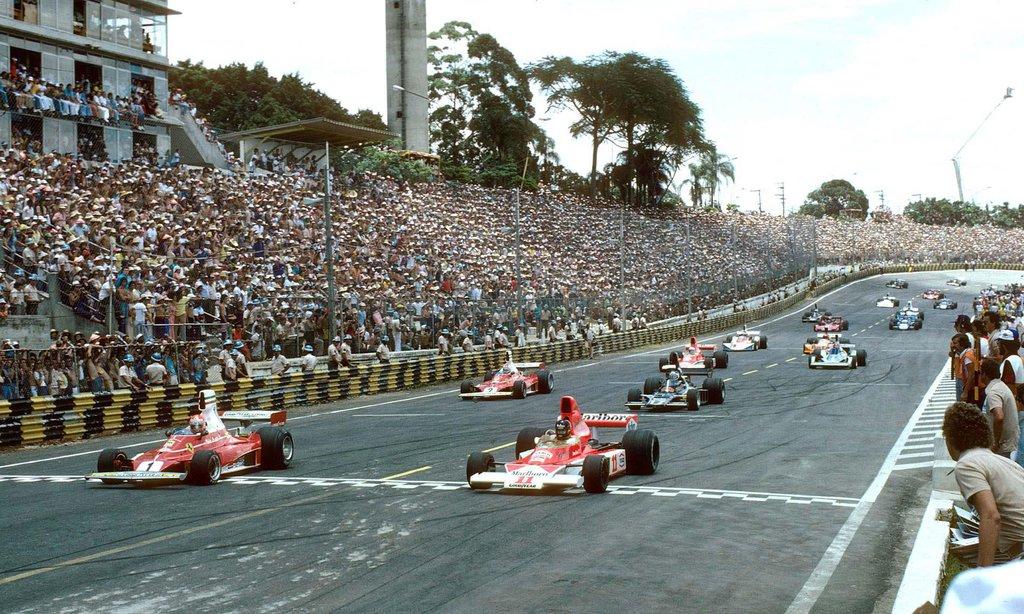
1976 Brasilian GP at Interlagos.
Interlagos or, as it is officially known, Autódromo José Carlos Pace in memory of the Brazilian driver who perished in a 1977 plane crash, is among the most celebrated of all Formula One circuits, known for its serpentine layout and dramatic elevation changes. Among a few major international circuits to run counter-clockwise, the Brazilian track was constructed between two reservoirs on the outskirts of Sao Paulo in the late 1930s, snaking around upon itself for 4.9 miles/7.96 km. Over the years, the circuit has witnessed any number of memorable races, from the early wins by Fittipaldi and Pace, to Senna’s emotional victory in the 1991 Brazilian Grand Prix and a 2008 race that saw Lewis Hamilton edge Felipe Massa for the World Championship on the final lap of the season.

The French drivers enjoy lunch together in the Renault retro-box at Interlagos in 1979. Photo by David Phipps.
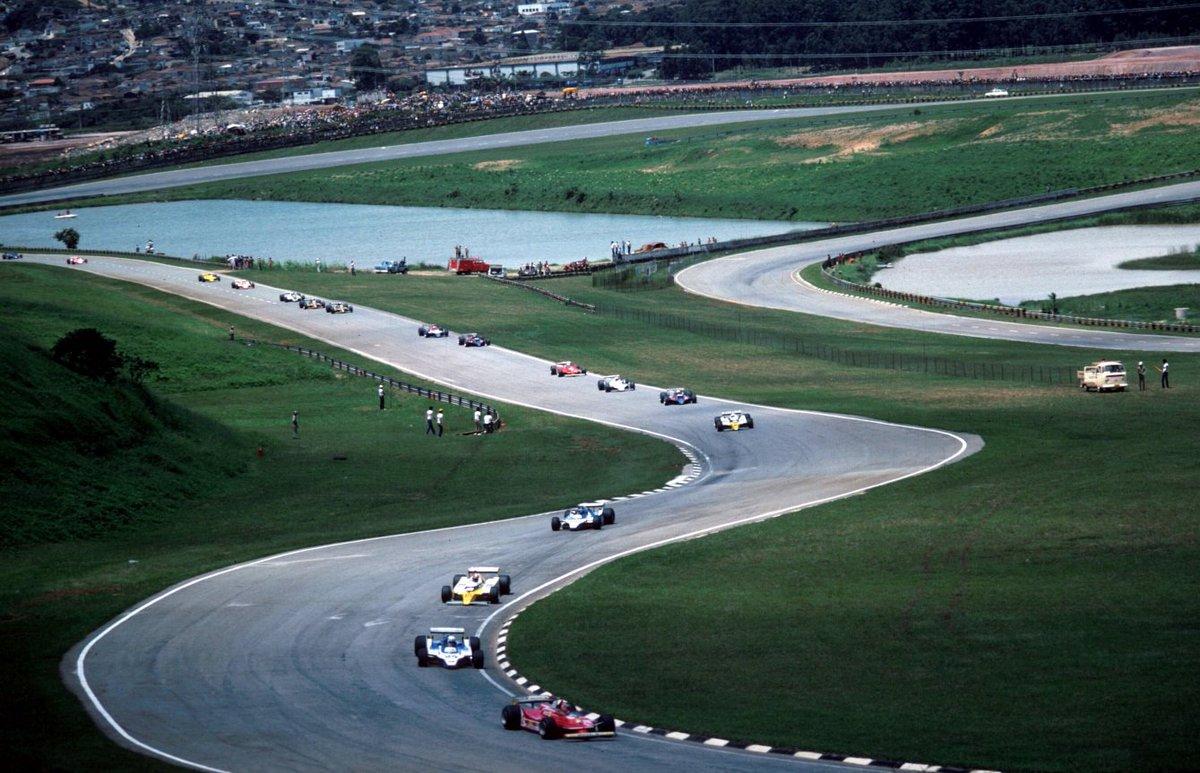
1979 Brasilian GP at Interlagos.
São Paulo for Brazilians is also the “city” of Formula One. Of the 44 GP held so far 10 only were at Jacarepaguà in Rio. All the other were held at Interlagos, a suburb south of the capital. The half of the Brazilian drivers who competed in Formula 1 are from the paulista state: Fittipaldi, Pace, Senna, Barrichello, Massa to quote the most well-known cases. The original track made drivers angry due to the deplorable condition of the tarmac, also caused by wetland’s movements. The opposite today with a track that measures a little more than 4 km in length and a straight of 650 meters only, even though the whole last part is done accelerating. At Interlagos won in a Ferrari Lauda, Reutemann, Mansell, Prost, Schumacher, Massa and obviously Kimi Raikkonen, who, winning the adventurous 2007 GP, was also world champion. From the past remain the typical names of the corners: Bico de Pato (duck beak, so-called due to its tight and stretched shape), Mergulho (dive, due to the slope), and Laranjinha (literally little orange, as “oranges” for Brazilians are inexperienced drivers, and this turn is not for them …..).
Kimi Raikkonen says: “it’s a nice place to race. A different than usual track, a circuit of the old school. A lap is short and not much turns but it’s hard to bang in a lap time and lap times are always close: here just a tenth to slow and you will have lost plenty of positions in the grid. There are not so many circuits to run counter-clockwise, so that is always something new. The track is often resurfaced and whereas at first it’s always great, then, year by year, goes back to being bumpy and a growing challenge. Now kerbs have been changed a bit and therefore the lap rhythm also. In the end the track itself is not too complicated, but it’s always difficult to have 100% of performance”.
Daniel Ricciardo adds: “I like this track, even though it’s very short, because if you tackle it properly, it’s great fun to drive. [In 2014] the track was resurfaced and the grip level was high, something drivers always like as it means you can be more aggressive. The fact it’s a short track doesn’t mean it’s easy to set up the car. There are many factors to take into consideration, not least of which is the weather. I don’t think I’ve ever done [a great lap], so I’ve got no secrets. What I have learned is that you shouldn’t think ahead too much. You have to take it corner by corner and concentrate on the one you’re in. There’s not many that you string together. There’s not many corners full stop. Brazil’s a wonderful grand prix with a great atmosphere in an exciting city but the track doesn’t really do it for me. There’s just not a corner that gives you any real satisfaction. I don’t want to make it sound dull, because it isn’t, but like Russia, there isn’t a corner that makes you go ‘Woo-hoo’. It needs a few more corners and something really high speed. There’s a couple that look good on paper but because of the cambers, you never really have the grip to go barrelling in. The crowd really gets your heart-rate up before the sessions, so you want to be really on it but instead have to be very patient”.
Nick Chester, Lotus technical director, concludes: “It is a tricky circuit to find the right set-up. The middle sector is very twisty with a lot of low speed turns and then the final sector which is essentially a long uphill corner on to a very long straight. You rely on strong engine power and delivery for the straight. You need a nice stable car for the twisty mid-section where a driver wants a strong turn-in without much understeer, and you want strong traction on exit after a balanced mid-section. The compromise on how to run on downforce is quite challenging. You want to take downforce off for the last sector but then want it on for the other sectors. We tend to rely on where the simulation suggests will be the best compromise. We normally don’t run on full downforce”.
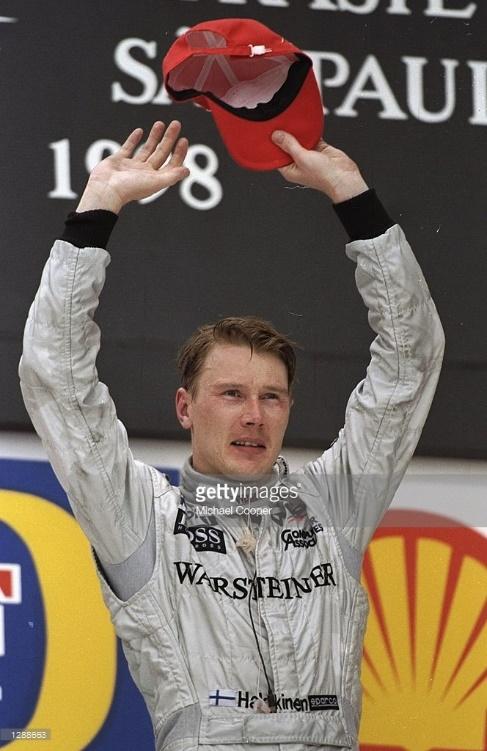
Mika Hakkinen celebrates in 1998.
In 1938 a huge plot of land was bought in Sao Paulo by two local property developers who intended to build a large housing development. It soon became clear, however, that one part of the land was not suitable for housing and so they decided to build a racing circuit instead. Sao Paulo grew at an incredible speed though and soon the circuit was surrounded by houses. When, in the 1970s, Emerson Fittipaldi began to have international success, the Brazilians started to want a Grand Prix. The track became a lucky charm for local racers, with Fittipaldi and Carlos Pace taking the spoils of victory in the 1970s. Interlagos was the scene of Pace's first and only Formula One triumph and, following his death in a plane crash, the circuit was renamed in his honour.
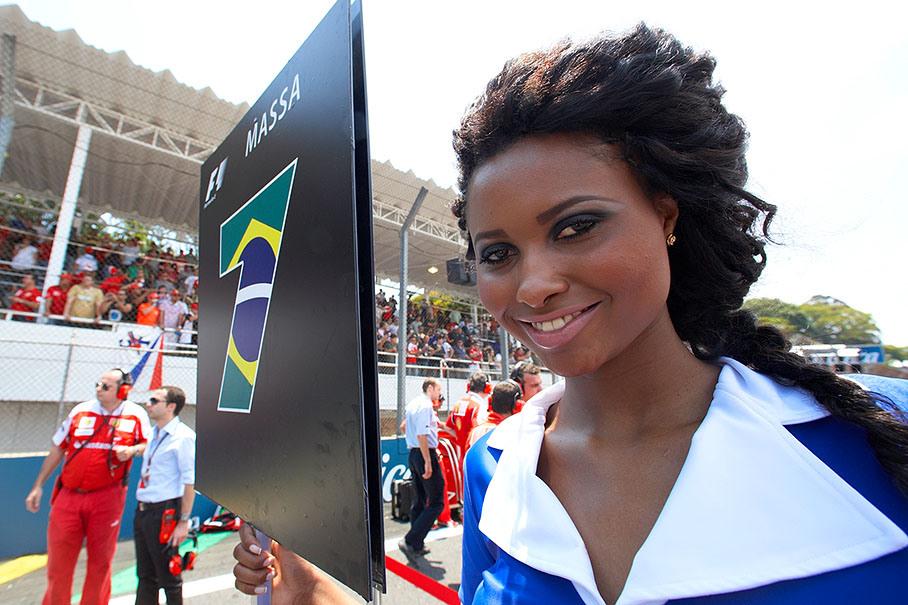
Massa's grid girl in 2010. Photo by Rainer Schlegelmilch.
The Brazilian Grand Prix has always been more of a promoter event than a profit-raiser in itself. The contract was prolonged until 2022, although tobacco advertising has been banned since 2006. Construction started in 1938 and the track was inaugurated in May 1940. The design was based on New York's Roosevelt Field Raceway (1937 layout). The traditional name of the circuit (literally, "between lakes") comes from its location on the neighborhood of Interlagos, a region between two large artificial lakes, Guarapiranga and Billings, which were built in the early 20th century to supply the city with water and electric power. It was renamed in 1985 from "Autódromo de Interlagos" to its current name. As a consequence of the 1990 reduction, the track lost three long straight sections and nine fast curves (5 were lost forever, 4 were made slower and are still there).
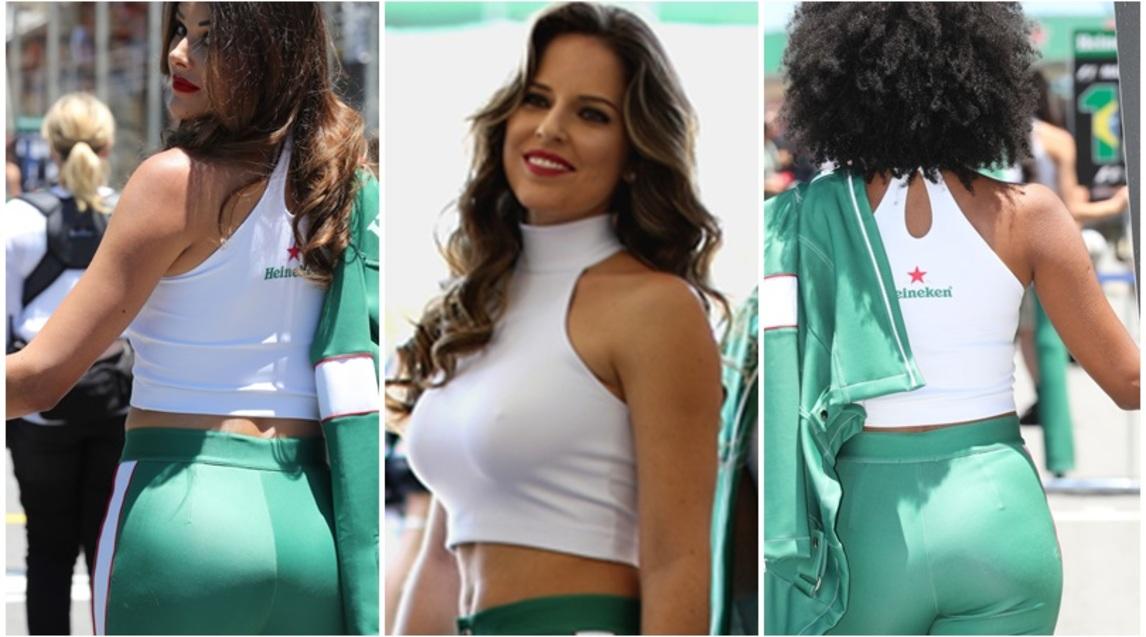
2017 grid girls.
The original track was full of fast corners and it allowed cars to keep maximum speed for up to twenty seconds.

2017 grid girls.
One reason why many drivers consider Interlagos interesting is that it was not built on flat terrain, but follows the ups and downs of hilly ground, which makes it harder to drive and demands more power from the car's engines.

Brazilian GP 2017, grid girls.
The circuit is known for its many inclines and formerly bumpy surface, which BBC commentator Murray Walker described as "appallingly bumpy". Interlagos has one of the longest pit-lanes ever used in Formula One.
Videos
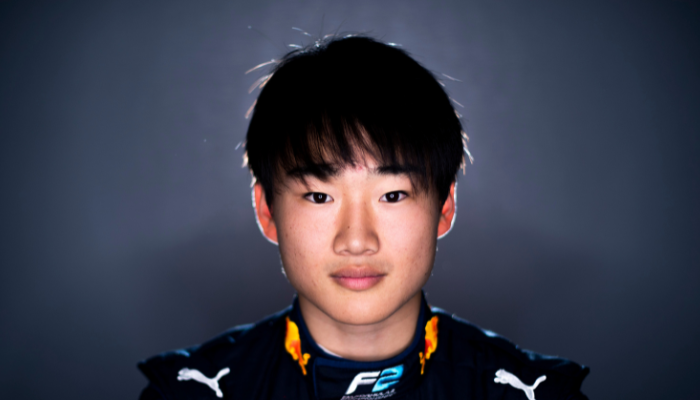

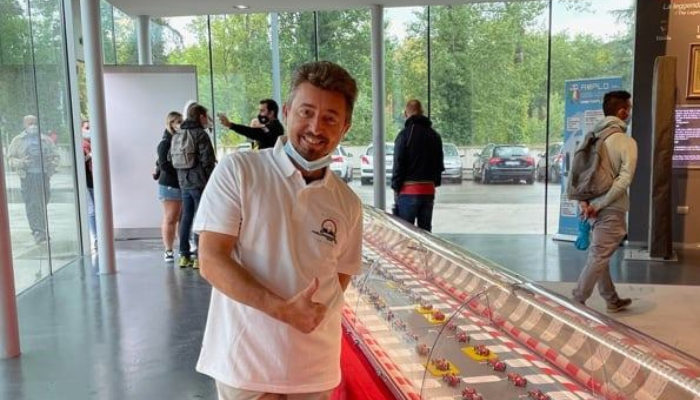
Comments
Authorize to comment